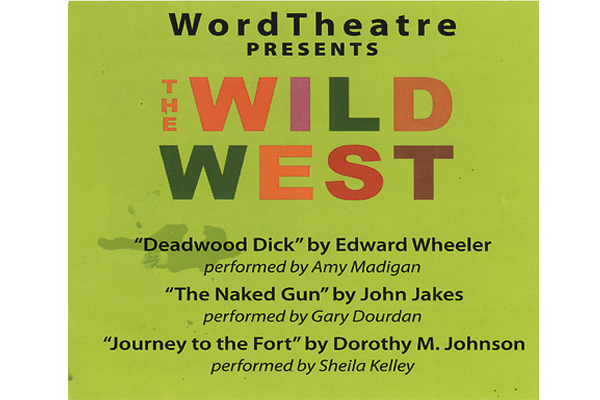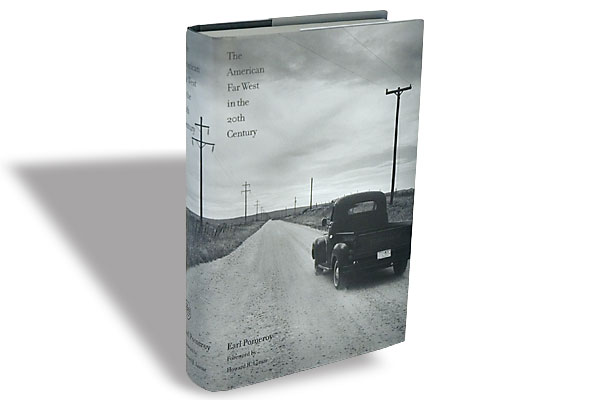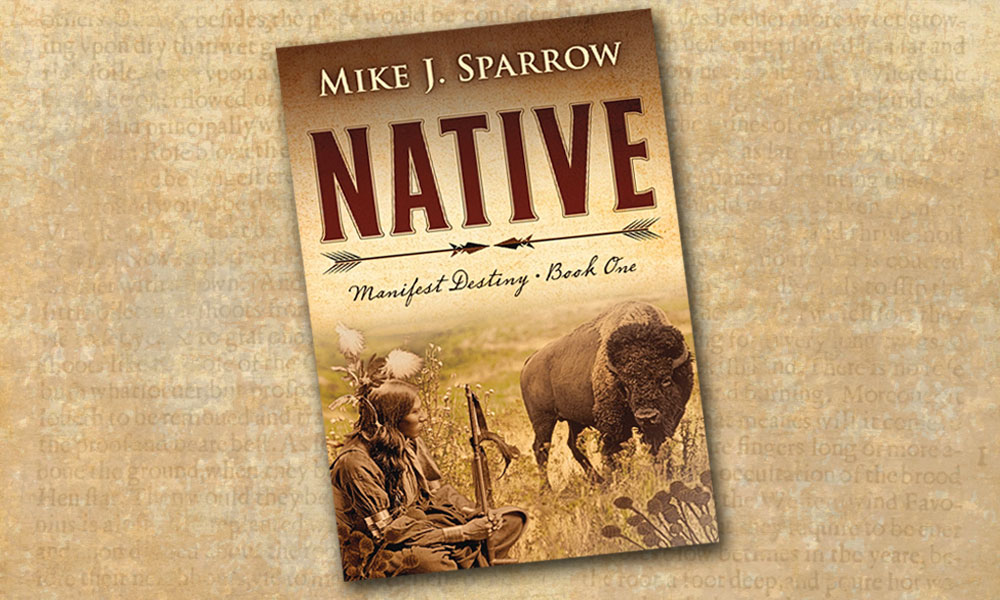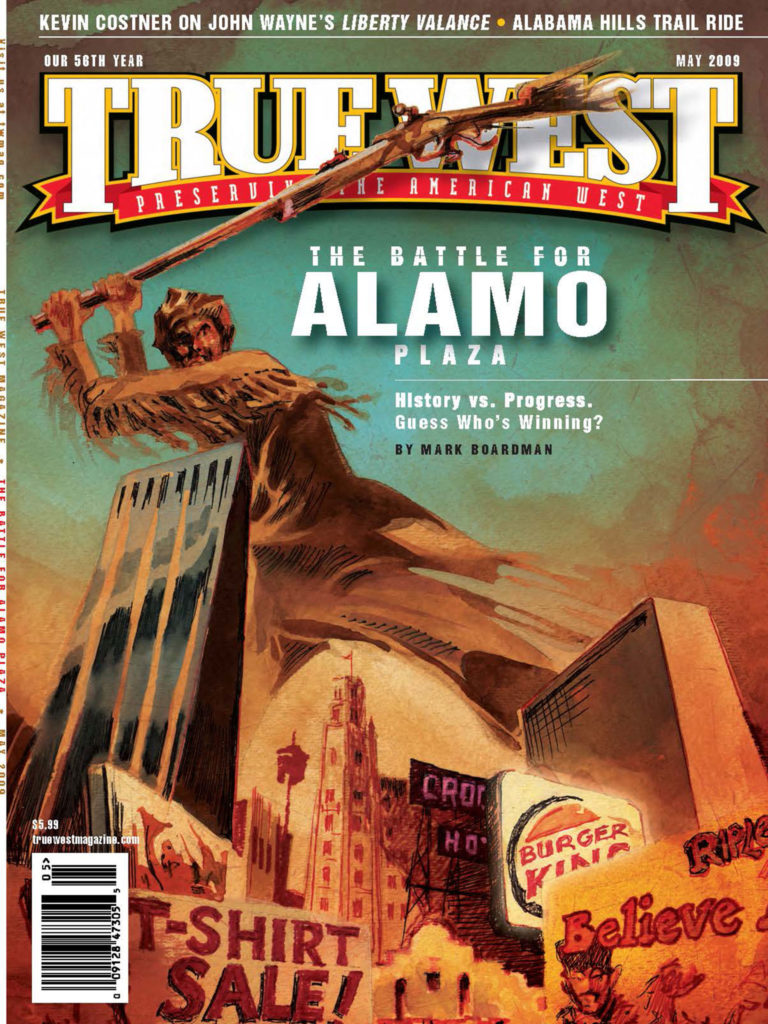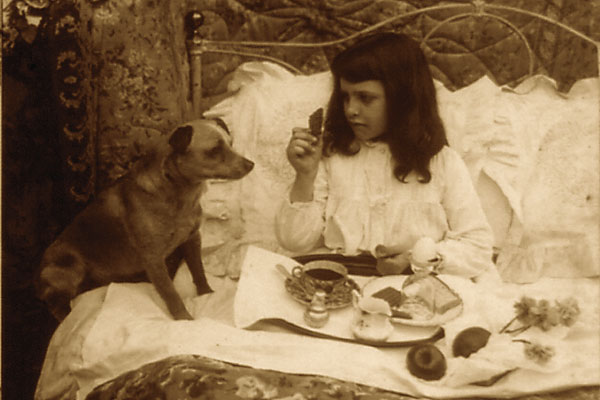
Imagine yourself sitting in a restaurant somewhere in the Old West. You order oatmeal, biscuits and chocolate for breakfast.
Nope—not a candy bar. “Chocolate” was a popular beverage in the 1800s and was served right along with coffee. When your meal arrived, it may have looked a little different than what you would recognize today, but some of the products used to make the breakfast would be darn right familiar. It’s likely you were eating Quaker Oat Meal, your biscuits were made with Royal Baking Powder and your chocolate was made with Baker’s Chocolate.
For dinner or supper you might have seen a cruet of Heinz sweet mixed pickles sitting next to a bottle of Lea & Perrin’s, and maybe a bottle of catsup from Crosse & Blackwell of London. You might have nibbled on Bremmer’s crackers and Underwood’s deviled ham with Coleman’s mustard. Once salads came into fashion, they were usually topped with Durkee’s salad dressing.
Shopping for those familiar products back in the day would have been quite different. J.P. Schofield of Lincoln, Nebraska, interviewed in 1938, said that produce “…used to about all come in barrels. The grocers didn’t even have sacks and used a sheet of paper wrapped in funnel shapes. Sugar, oatmeal, in big barrels.”
Items we take for granted today were often coveted in the Old West. “Soda crackers were a luxury. I used to steal these when my father had his store. A cracker to we [sic] children was much like a piece of candy to children now. These crackers were always kept in a large barrel back in the store. I suppose they were kept in back because there was so little call for them. People could not afford such luxuries in those times,” recalled Mrs. Minnie Ford, who lived in Canyon City, Oregon, in the mid-1800s.
Pickle auctions? Yep, one took place in Sonora, Mexico, in September 1851. Joe Bellow was a mining engineer who doubled as an auctioneer. His traveling partner and mining speculator Frank Marryat remembered the auction, “The miners prefer buying every thing at auction, although I imagine the purchasers suffer in the long run by this principle, the ‘loafers’ gain by it; for (supposing you are a loafer) you have only to mix with the crowd of bidders, and take out your clasp-knife; you can then make an excellent meal from the samples exposed to view, presuming always that your constitution will stand a mixture of salt butter, Chinese sugar, pickles, and bad brandy.”
Coffee was a major staple in the Old West—whether it be in restaurants, ice cream parlors, private homes or on cattle drives. Arbuckles’ Coffee was popular then, and it still is today. A cowboy who rode the range in the 1880s in Brownwood, Texas, recalled, “Boiled beef and Arbuckle Coffee was our standby. The boys used to say if old man Arbuckle ever died, they’d all be ruined, and if it wasn’t for Pecos water gravy and Arbuckle Coffee, we would starve to death.”
Sample this chocolate recipe for breakfast or for an after dinner treat. Spice it up a bit by adding a little of your favorite libation!
Plain Chocolate #2
½ square of dark chocolate or 1 heaping T. of chocolate chips
1 T. sugar
1 T. hot water
1 cup milk
Place the chocolate, sugar and water into a saucepan. Allow to slowly melt over low heat. Use a whisk to blend until smooth and glossy.
Add the milk and allow to warm, but do not boil. Makes two proper tea cups or one large mug.
—Cocoa and Chocolate: A Short History of their Production and Use (1886; slightly modified by author).


